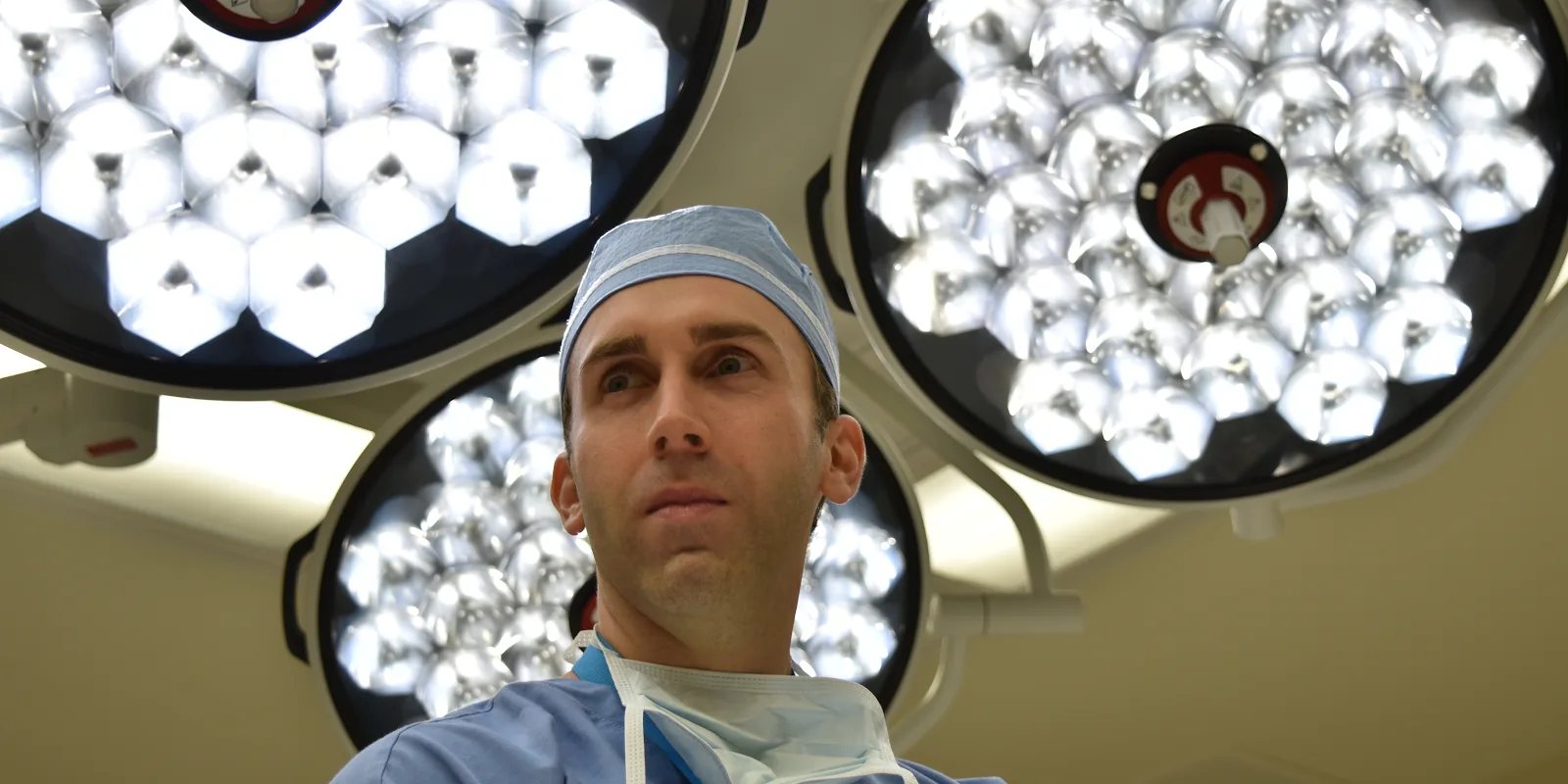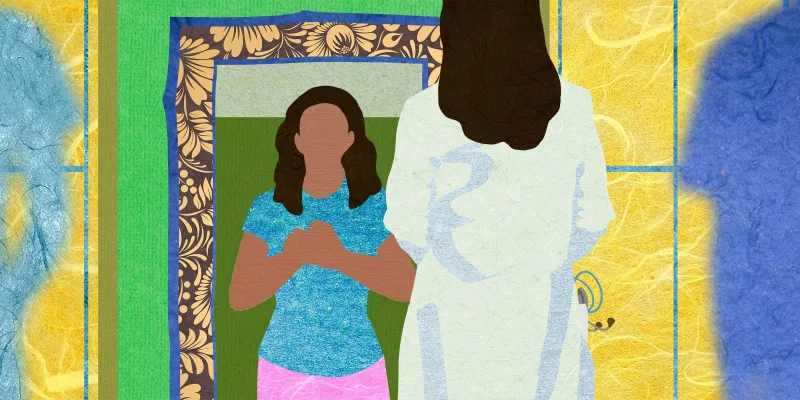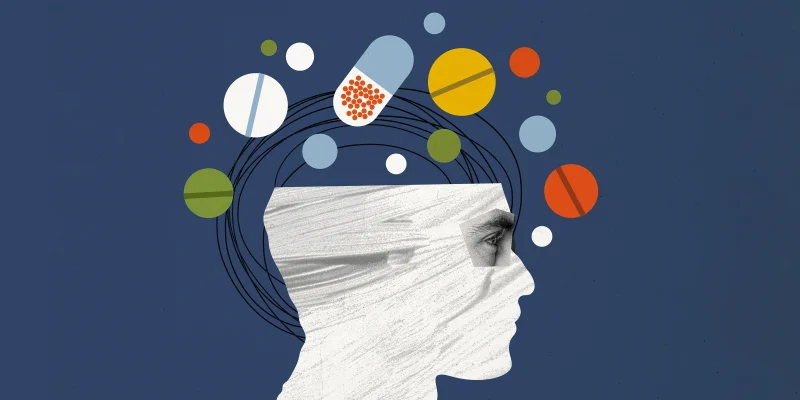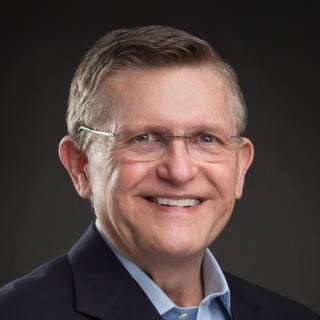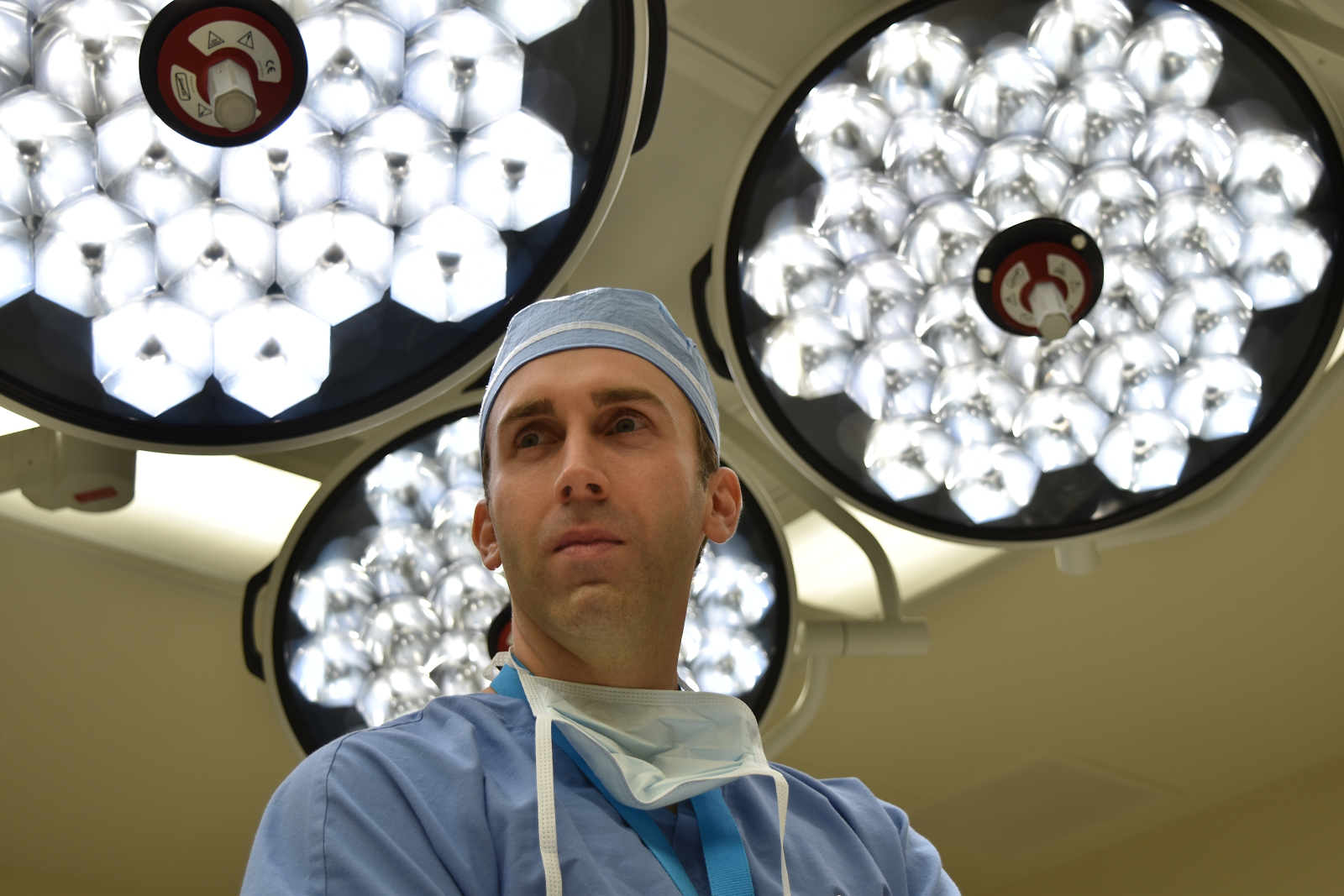
Name: E. Charles Osberberg, III, MD
Specialty: Urology
Medical School: Northwestern University Feinberg School of Medicine
Residency: Weill Cornell New York Presbyterian Hospital
Fellowship: University of California, San Francisco
Areas of Expertise: Reconstructive Urology, Urethral Stricture Disease, Genitourinary Trauma
Current Position: Assistant Professor of Surgery and Perioperative Care, University of Texas Dell Medical School; Chief of Urology at Dell Seton Medical Center; Urology Selective Clerkship Director
- Why did you choose reconstructive urology?
For me, there is nothing more satisfying than watching a patient’s quality of life quickly improve following restoration of genitourinary normalcy. Within the field of reconstructive urology, we treat many sequelae from prior surgical or traumatic complications such as: urethral strictures, hypospadias, radiation injury, genital lymphedema, stress incontinence, erectile dysfunction, urinary fistulas, voiding dysfunction, and penile curvature. In order to fix many of these problems, attention to detail and setting realistic patient expectations is paramount. In doing so, we reduce suffering by putting the urinary tract system back together. This is incredibly satisfying to see patients begin their new life with confidence and without appliances, catheters, stents, bags, urine leakage, erectile dysfunction, and/or fistulae.
2. How do you prepare for your workday?
Preparation is the key to success. The night before a busy day in the operating room, I will review the x-rays for all my patients. I mentally rehearse and anticipate any roadblocks or hurdles that might arise to better prepare myself for the unknown. In reconstructive urology, we have a game plan in mind that may quickly change as our intraoperative findings are different than expected. Obviously, a good night’s rest and hearty breakfast are a must for those lengthy, challenging cases.
3. What area of your specialty is changing most rapidly?
The field of reconstructive urology is rapidly changing. We are constantly evolving our surgical techniques to improve outcomes and we are paying more attention to quality of life via patient-reported outcomes. In the last decade, we noted a dramatic increase in the use of robotic-assisted laparoscopic surgery to assist with genitourinary reconstruction. We are moving away from single-institution data and pooling large registries to help better answer tough questions for unique and complex diseases. To this point, we are now using statistical modeling to better predict success following our surgeries. Lastly, tissue engineering and regenerative medicine show great promise for patients requiring organ substitution surgery. It is an incredibility exciting time to be practicing reconstructive urology.
4. What is the last journal article or piece of research that significantly changed your practice?
I recently read an article by Keihani et al. in Urology, June 2017 from a multi-institutional group that reported the risks of developing a recurrent urethral erosion following repair of an erosion-induced-urethral-stricture secondary to an artificial urinary sphincter is high. The data highlights the need for pooled, multi-center studies to answer a tough question in a unique patient population. We know that the risk of urethral erosion following artificial urinary sphincter is roughly 5% however this manuscript reports that sphincter urethral erosion following urethroplasty is upwards of 30%. So recently, when I counsel patients who have a urethral stricture secondary to artificial urinary sphincter erosion and they choose undergo urethroplasty and device explantation, I forewarn them that the chance of having a secondary erosion following device reimplantation is quite high in short term.
5. What are your research interests in your subspecialty?
Being part of a level-one trauma center, we are researching many sequelae of traumatic injuries to genitourinary organs — namely the kidney and urethra. Specifically, we are examining the impact of novel anticoagulants on the conservative management of high grade renal trauma. In addition, we have found that that high grade renal trauma impacts the development of hypertension. Within urologic reconstruction, we are investigating long-term functional outcomes of skin-grafting among patients with Fournier’s Gangrene. Being part of a large, academic university, we are constantly utilizing the diversity of other schools to collaborate and brainstorm ideas across many disciplines.
6. What is a common misconception that other clinicians have about urology?
I think a common misconception is that urologists mainly treat enlarged prostate and prostate cancer. However, these two conditions combined are less than 25% of my practice. As a field we treat a wide range of chronic disease states, both in men and women. Those outside our field may not know that we have several subspecialties which include: oncology, female urogynecology, pediatric urology, reconstructive urology, endourology (kidney stones), and andrology/infertility. By nature we are a surgical specialty, but often we serve as a mens health advocate and focus our visits on prevention and screening, much like our medicine colleagues.
7. What is the most technically difficult part of your work?
Perhaps what is most challenging about the field of reconstructive urology is the large skill set needed to perform these operations. Our surgical toolbox is drawn from the fields of urology, plastic surgery, and colorectal surgery, and we often collaborate with these colleagues for complex repairs. Our game plan for surgical repair can quickly change intraoperatively when we encounter findings not seen on preoperative imaging or exam. We may have to utilize a different graft, incorporate bowel into our repair, raise skin flaps of healthy tissue, etc to give our patients the best possible outcome. To prepare for the unknown, we have a large armamentarium of surgical skills which require dedication and attention to detail to master.
8. What has been your most gratifying case?
The most gratifying cases are often the most challenging ones both for the patient and for me as their surgeon. Patients come to a reconstructive urologist at a vulnerable time in their lives looking for resolution of their chronic problem. Take for example the patient photographed below. He developed a penile urethral stricture seen with the arrow in panel A. We used a graft from the inside of his mouth (buccal mucosal graft) to expand his urethra caliber (panel B). Following surgery, he had a patent and functional urethra (panel C). Prior to seeing me, this patient had undergone several prior surgeries and was dependent upon a suprapubic tube to drain his bladder to a bag. After the surgery depicted, his suprapubic tube was removed and he was able to urinate normally for the first time in 3 years. Cases similar to this are most gratifying and are why I love what I do.
9. How do you unwind after a challenging day?
A work-life balance is incredibly important for surgeon longevity. Our surgeries can be lengthy and physically demanding so I try to maintain some form of physical activity several times per week. Recently, I have been doing high-intensity interval training combined with weightlifting. I find this is also a great way to unwind after a challenging day. It clears the mind and resets your outlook.
10. What are your favorite Doximity features and how have they helped your productivity?
I use several features that Doximity provides — namely the Dialer and DocNews. For the dialer, I often use this when I am away from my office and returning patient phone calls. DocNews gives me up-to-date information that is customized to my area of expertise. Lastly, I always enjoy connecting with former classmates. I am always impressed with the accomplishments of my former classmates and this makes me proud to have trained with them.
11. Finally, what’s the best advice you’ve ever received?
Before I operate on any patient, I will often tell them that “I will treat you like family.” This bedside mannerism I learned from one of my mentors and I think embodies why we became doctors — we put patients first.
